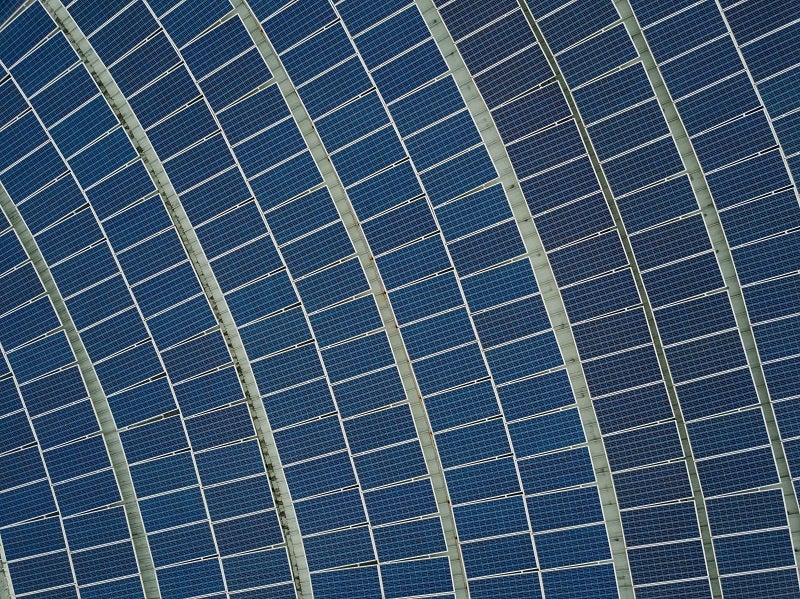
Global power company AES Corporation and Kaua’i Island Utility Cooperative (KIUC) have started operations of the Lawa’i Solar and Energy Storage project in Hawaii.
Owned and operated by AES Distributed Energy (AES DE), the project includes 28MW solar photovoltaic (PV) modules and a 100MWh five-hour duration energy storage system.
In February 2018, AES DE and KIUC started construction on the hybrid solar and energy storage system.
According to AES, the project is the largest operational solar and storage system in the world. It will help Hawaii meet its objective to generate 100% renewable energy by 2045.
The new PV peaker plant has been designed to fulfil around 11% of Kaua’i’s power, making the island more than 50% powered by renewables.
AES president and CEO Andrés Gluski said: “Kaua’i has adopted an ambitious renewables mandate and the Lawa’i project will help reduce its reliance on fossil fuels while generating clean, reliable and affordable energy.
“As a supplier of power to Hawaii for more than 25 years, we are honoured to have been chosen by KIUC to help demonstrate its commitment to the state’s vision of a cleaner energy future. We believe this project is a significant step toward ushering in the wider era of firm renewables.”
The solar and energy storage system is designed to convert intermittent renewable generation into a safe, reliable and higher-quality power.
It will eliminate the use of 3.7 million gallons of diesel a year. The system has the ability to supply solar generation to the grid while charging the battery system. Power stored in the battery system will be provided to the grid during peak demand periods.
It can also send solar and battery power at the same time to meet any unexpected increases in demand and provide ancillary services to support the grid.



